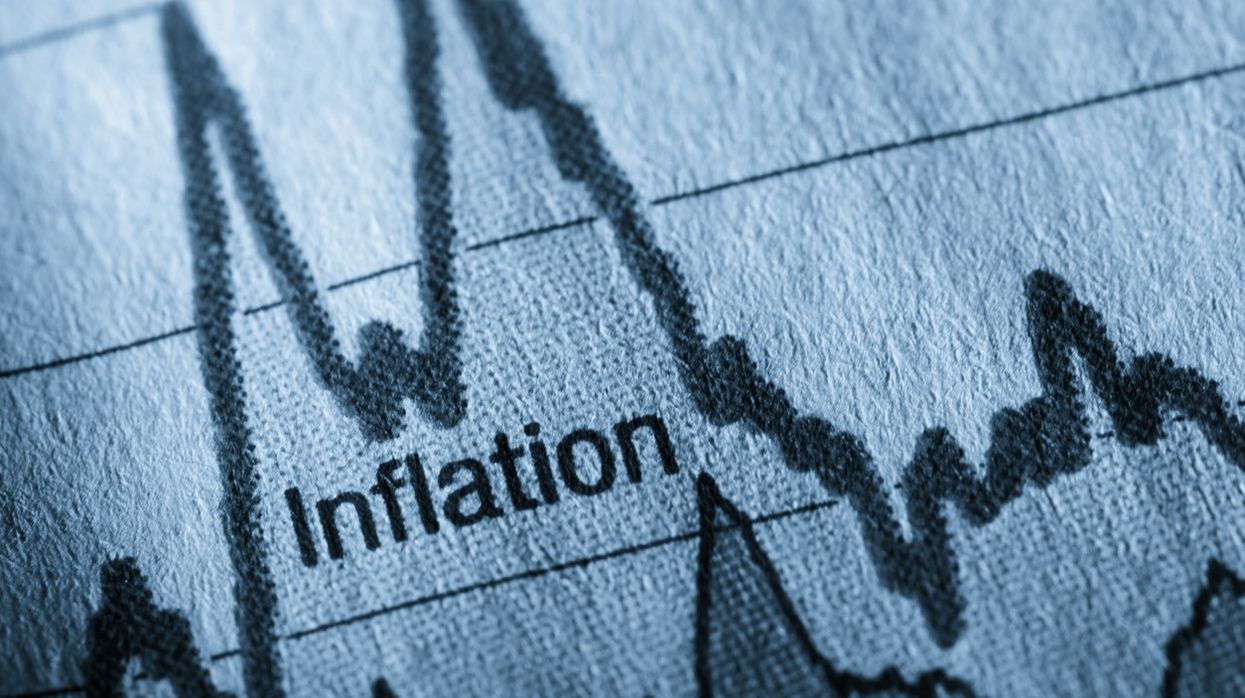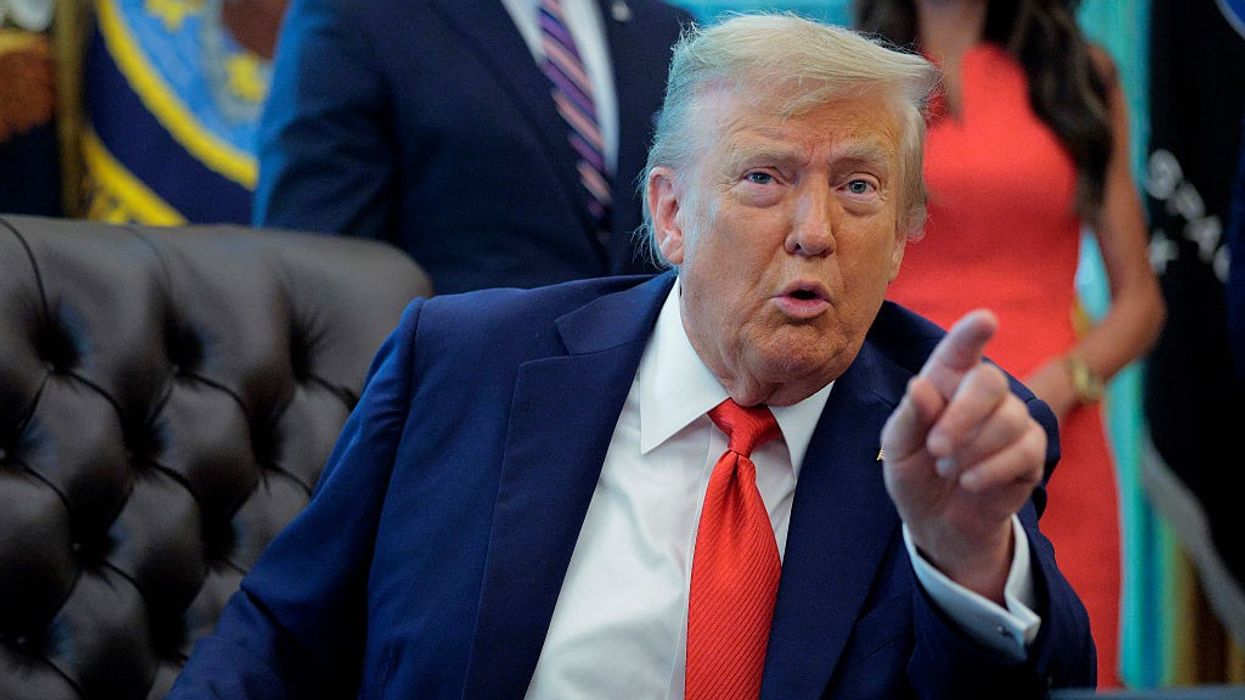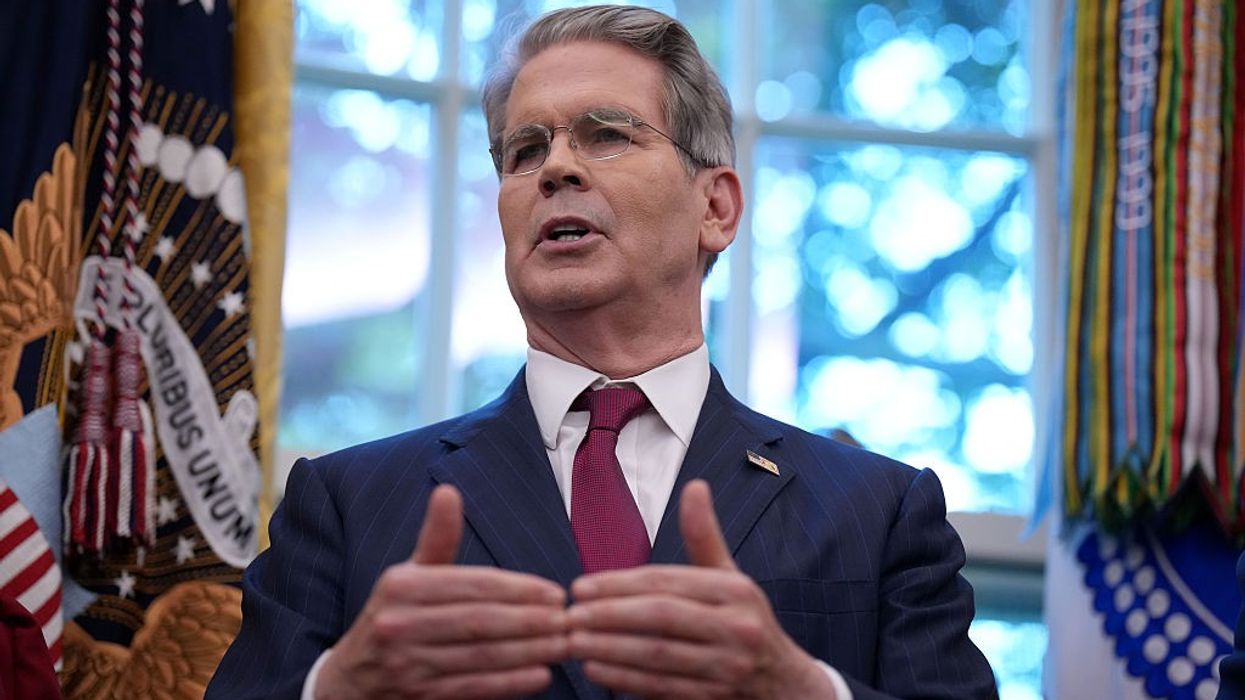Economists are bracing for a higher reading in the June Consumer Price Index (CPI), with forecasts predicting a 0.3 per cent monthly increase and a rise in the annual inflation rate to 2.7 per cent from 2.4 per cent in May.
This uptick is widely attributed to the impact of President Donald Trump’s newly implemented tariffs, which are beginning to push up the prices of consumer goods and services. Core inflation, which excludes volatile food and energy prices, is also expected to accelerate, with projections of a 0.3 per cent monthly gain and a 3.0 per cent annual rate for June.
Tariffs Begin to Bite
The Trump administration’s aggressive trade policies, including a recent announcement of 30 per cent tariffs on imports from Mexico and the European Union, are starting to filter through to consumer prices. The CPI is expected to reflect these pressures, as businesses begin passing on higher import costs to shoppers.
While Trump has at times threatened even higher tariffs only to backtrack during negotiations, the current measures are already having a measurable effect on inflation.
Trump’s Criticism of the Fed Intensifies
President Trump has ramped up his criticism of Federal Reserve Chairman Jerome Powell, blaming the central bank’s high interest rates for slowing the economy and failing to respond more quickly to the inflationary effects of tariffs. Despite Trump’s pressure, the Fed is expected to hold rates steady in July as it waits for more data on how tariffs will affect the broader economy.
The Supreme Court’s recent affirmation of the Fed’s independence makes it unlikely Trump could remove Powell over policy disagreements, though administration officials have floated the possibility of firing him “for cause.”
Market and Policy Outlook
Market sentiment currently points to a strong possibility of interest rate cuts later this year, with bond futures markets assigning a 60v per cent chance of a Fed cut in September. Some members of the Fed’s monetary policy committee have expressed support for lowering rates to ease the burden of higher prices and government borrowing, especially as the recently passed One Big Beautiful Bill Act is set to add $3–$4 trillion to the federal debt.
Tariff Revenue and Economic Growth
Despite the inflationary pressures, the Treasury has reported more than $100 billion in tariff revenue so far this year. However, the broader economic picture is mixed. First-quarter GDP contracted by 0.5 per cent as businesses increased imports ahead of new tariffs, which is counted as a subtraction from domestic output. The labor market remains solid but has shown signs of weakening since the start of the year.
What’s Next: Fed and Market Watch
The Labor Department will release the June CPI report on Tuesday, followed by the Producer Price Index on Wednesday, both of which are expected to show further signs of inflationary pressure. The Fed’s “beige book” summary of economic conditions is also due this week and will be closely watched by investors and policymakers.
Economists caution that while tariffs can cause a one-time boost in price levels, their inflationary impact may fade over time. Many expect the Fed to resume interest rate cuts later this year, with the next move likely in September.
Immigration and the Labor Market
Another factor under scrutiny is the administration’s ongoing crackdown on immigration, which could further tighten the labor market. Despite this, a recent Gallup poll found that 79 per cent of Americans believe immigration is good for the country.
As the White House continues to pressure the Fed and pursue aggressive trade policies, all eyes are on this week’s inflation data to gauge the next moves for monetary policy and the broader US economy.















